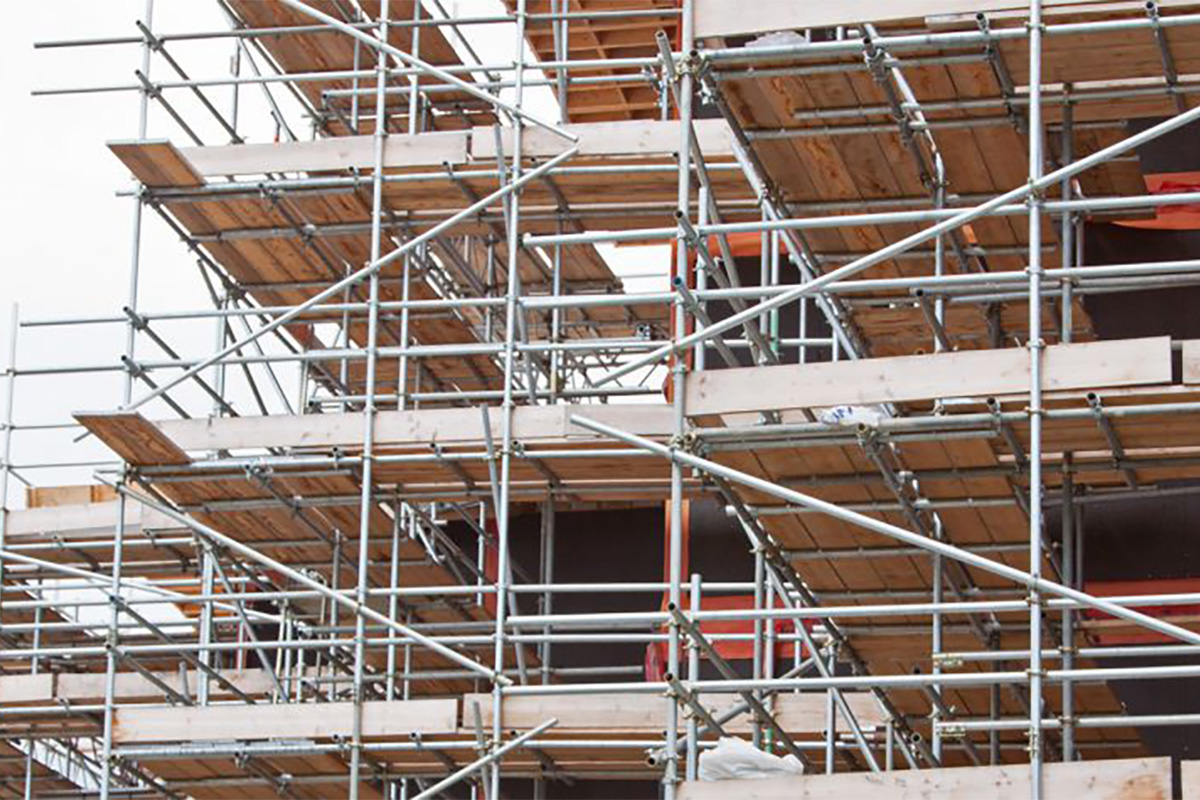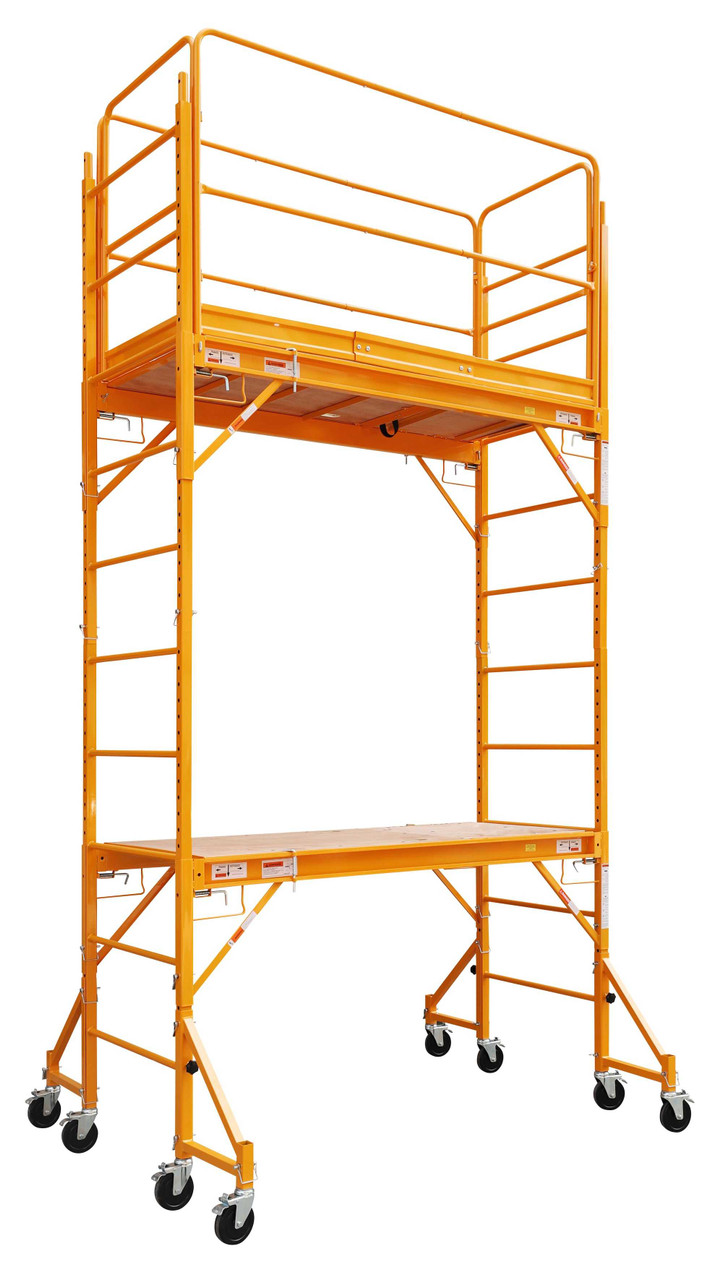Affordable and Professional Scaffolding Cobham Services Available Now
Affordable and Professional Scaffolding Cobham Services Available Now
Blog Article
Checking Out the Different Sorts Of Scaffolding Used in Construction Tasks
The building market relies heavily on various kinds of scaffolding to meet details project requirements, each offering distinct benefits and applications. Standard framework scaffolding supplies a durable structure for basic jobs, while put on hold scaffolding is necessary for work on skyscraper frameworks. Other choices, such as system and rolling scaffolding, provide to effectiveness and mobility, specifically. Additionally, the cantilever variant shows vital in metropolitan atmospheres where space is constrained. Comprehending the subtleties of these scaffolding kinds is important for optimizing safety and efficiency on building sites, motivating a better evaluation of their unique features and applications.

Standard Structure Scaffolding
Traditional frame scaffolding is among the most commonly made use of techniques in the construction sector as a result of its robustness and adaptability. This system includes upright and straight frameworks that are set up to produce a secure system for materials and workers. The main components include vertical blog posts, horizontal ledgers, and angled dental braces, which together offer a solid framework that can sustain substantial lots.
One of the vital advantages of traditional frame scaffolding is its adaptability to different construction tasks, ranging from domestic structures to large industrial structures. The modular design enables easy assembly and disassembly, making it efficient for both short-term and lasting projects. Furthermore, the system can be customized in elevation and width, suiting different building layouts and site problems.
Safety is vital in scaffolding applications, and traditional structure systems are furnished with guardrails and toe boards to prevent drops and make certain worker security. In addition, regular assessments and adherence to safety policies are vital in keeping the integrity of the scaffold. Generally, standard framework scaffolding continues to be a fundamental choice in the building industry, providing a reputable system for labor and enhancing overall project efficiency

Suspended Scaffolding
Suspended scaffolding uses an one-of-a-kind option for building jobs that call for access to raised surface areas, particularly in situations where traditional structure scaffolding may be not practical. This kind of scaffolding is normally suspended from the roof covering or upper levels of a structure, making use of a system of platforms, sheaves, and ropes to create a functioning space that can be gotten used to different elevations.
One of the key advantages of put on hold scaffolding is its adaptability. It can be conveniently repositioned or lowered to fit modifications in construction needs, making it ideal for jobs such as home window setup, façade job, and upkeep on skyscrapers. In addition, the minimal impact of suspended scaffolding enables for far better use ground space in city atmospheres, where room is typically minimal.
Security is a crucial consideration in the use of suspended scaffolding. On the whole, suspended scaffolding provides a reliable and effective service for accessing hard-to-reach areas content in different building circumstances, boosting both performance and safety and security on website.
System Scaffolding
System scaffolding, typically considered as a contemporary service in the scaffolding sector, consists of pre-engineered elements that can be rapidly put together and adapted for numerous construction tasks. Scaffolding. This kind of scaffolding is defined by its modular layout, which permits flexibility and efficiency on job sites, accommodating architectural needs and different elevations
Normally made from high-strength steel or light weight aluminum, system scaffolding uses boosted resilience and stability. The elements include vertical posts, horizontal journals, and diagonal dental braces, which interconnect firmly, guaranteeing a durable framework. The layout often includes standardized installations, simplifying setting up and disassembly procedures, thus decreasing labor time and expenses.

Rolling Scaffolding
Moving scaffolding is a flexible choice to traditional set scaffolding, made for wheelchair and ease of use on building sites. This kind of scaffolding includes a platform supported by frames with wheels, allowing workers to quickly relocate it as needed. The flexibility attribute dramatically boosts performance, as it lessens downtime related to assembling and dismantling repaired scaffolding.
Typically constructed from light-weight materials such as aluminum or steel, rolling scaffolding uses a tough yet portable option for tasks needing frequent repositioning - Scaffolding. It is specifically advantageous in jobs such as paint, drywall installation, and electric job, where accessibility to numerous heights and areas is required
Security is extremely important in rolling scaffolding style, with attributes such as securing wheels to protect against unintended movement when in operation, and guardrails to protect employees from falls. In addition, many versions are flexible in height, accommodating various task needs.
Cantilever Scaffolding

The style of cantilever scaffolding usually includes using arms or braces secured to a structure or framework, making it possible for the system to prolong outward safely. Safety is vital; therefore, these scaffolds should be engineered to withstand numerous loads and ecological problems. Normal examination and maintenance are important to make sure architectural stability and worker safety and security.
Cantilever scaffolding is preferred for its flexibility and effective use area, making it a prominent choice in city environments where space restraints are usual. It helps with much easier accessibility to high elevations, ultimately adding to the total efficiency of building and construction tasks. As with all scaffolding types, correct training and adherence to safety and see this page security requirements are critical for employees utilizing cantilever scaffolding.
Verdict
Traditional framework scaffolding supplies stability, while put on hold scaffolding supplies flexibility for raised tasks. System scaffolding facilitates quick setting up, and rolling scaffolding improves mobility for differing work settings.
Typical structure scaffolding gives a tough foundation for basic tasks, while suspended scaffolding is important for job on high-rise frameworks.Rolling scaffolding is a functional option to typical set scaffolding, made for wheelchair and simplicity of usage on construction websites. As with all scaffolding kinds, proper training and adherence to safety criteria are essential for employees using cantilever scaffolding.
Standard structure scaffolding offers security, while suspended scaffolding provides versatility for raised tasks. System scaffolding facilitates fast setting up, and rolling scaffolding boosts wheelchair for varying work atmospheres.
Report this page